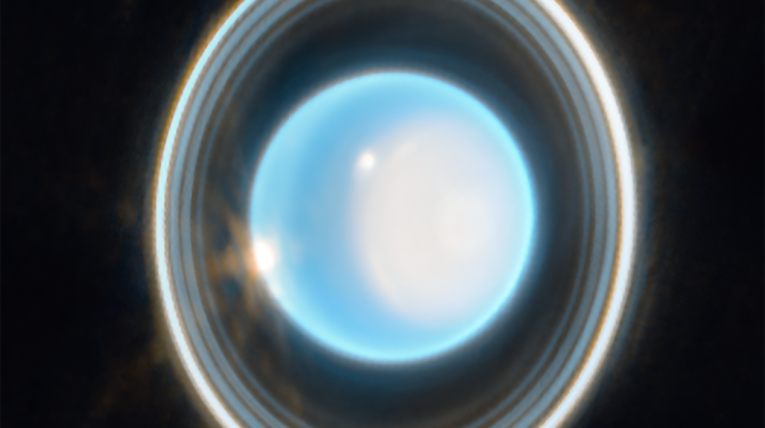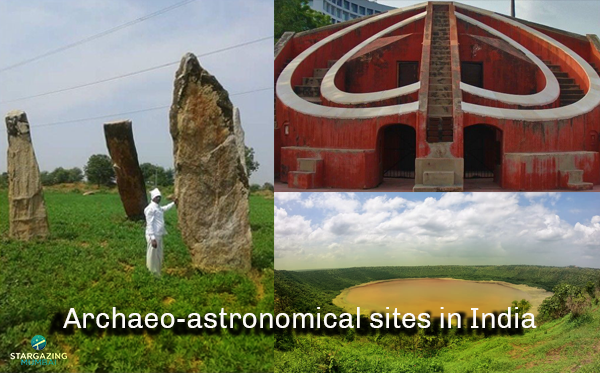Do you ever catch yourself lost, staring into the bright glow of the moon on a clear night? That’s what the moon does: it shines, it captivates. No surprise, then, that for centuries, people have looked to it for meaning and inspiration. An unusually large, oversized moon was often seen as an omen or as a spiritual occurrence.
Today, these are what we call supermoons. In the last quarter of 2025, we will be graced by three of these marvelous sights as a reminder of the beauty our universe holds.
What is a Supermoon? The ‘Perigee Syzygy’ Explained
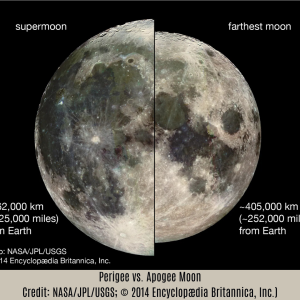 A supermoon occurs when the moon is in its full moon phase, within at least 90% of its perigee.
A supermoon occurs when the moon is in its full moon phase, within at least 90% of its perigee.
Astrologer Richard Nolle first defined and termed it the ‘supermoon’ in 1979. It is only about 7% larger and 15% brighter than an average full moon.
What happens during a supermoon?
The orbit of the Moon around the Earth is elliptical, which means that the distance of the Moon from the Earth changes with time. This makes it appear larger or smaller in size to us. The point in the orbit of the Moon at which it is at its closest to Earth is called the perigee (363,300 km), whereas the farthest point is called the apogee (402,500 km). The phases of the moon do not depend on this.
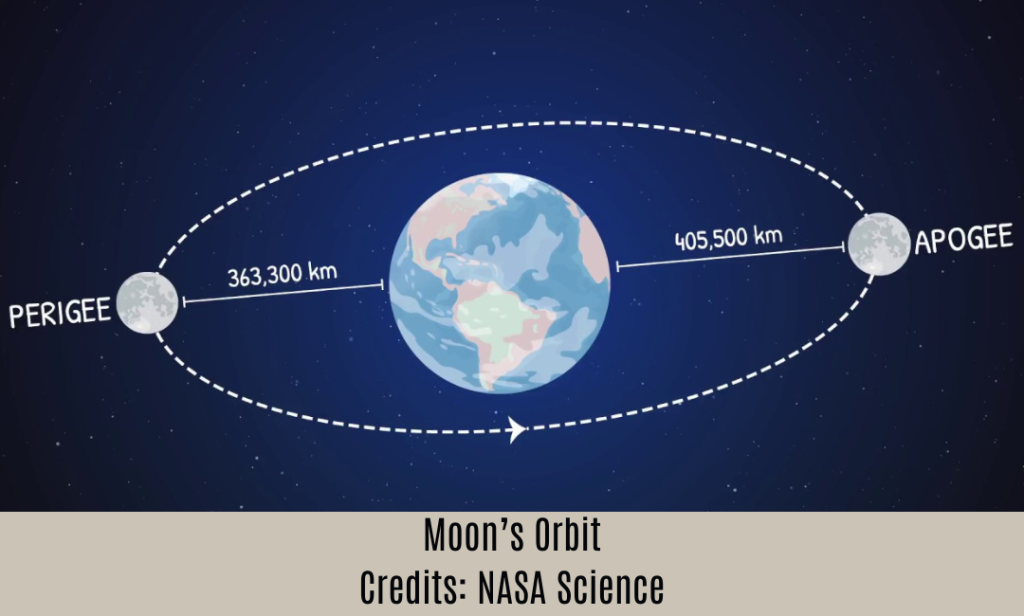 The term “supermoon” applies to both full and new moons at perigee, but it is often considered to be just the full moon because the new moon is not as visible.
The term “supermoon” applies to both full and new moons at perigee, but it is often considered to be just the full moon because the new moon is not as visible.
What is the astronomical term for a supermoon?
The astronomical term for a ‘supermoon’ is the perigee syzygy full moon,’ with ‘syzygy’ being a term for three or more celestial bodies being aligned in a gravitational system, which here means the Sun, the Earth, and the Moon.
The opposite of this, that is, the apogee moon, is usually referred to as the ‘micromoon.’ The ‘supermoon’ is only about 14% larger and 30% brighter than the apogee full moon.
Is the supermoon significantly larger than a normal full moon?
As mentioned previously, the moon is only slightly larger than an average full moon. It is usually quite difficult for us to differentiate between the sizes of the moon. We typically find a moon ‘larger’ when we see it near the horizon, due to a phenomenon called the moon illusion.
Do supermoons occur multiple times in a row?
Yes, they do! Perigees usually last for two to four full moons, but three is the most common that we see in a row.
When can I observe supermoons this year?
The next supermoon can be observed on October 6, 2025, and this particular supermoon is called the ‘Harvest Moon.’ It occurs closest to the start of autumn or the autumnal equinox.
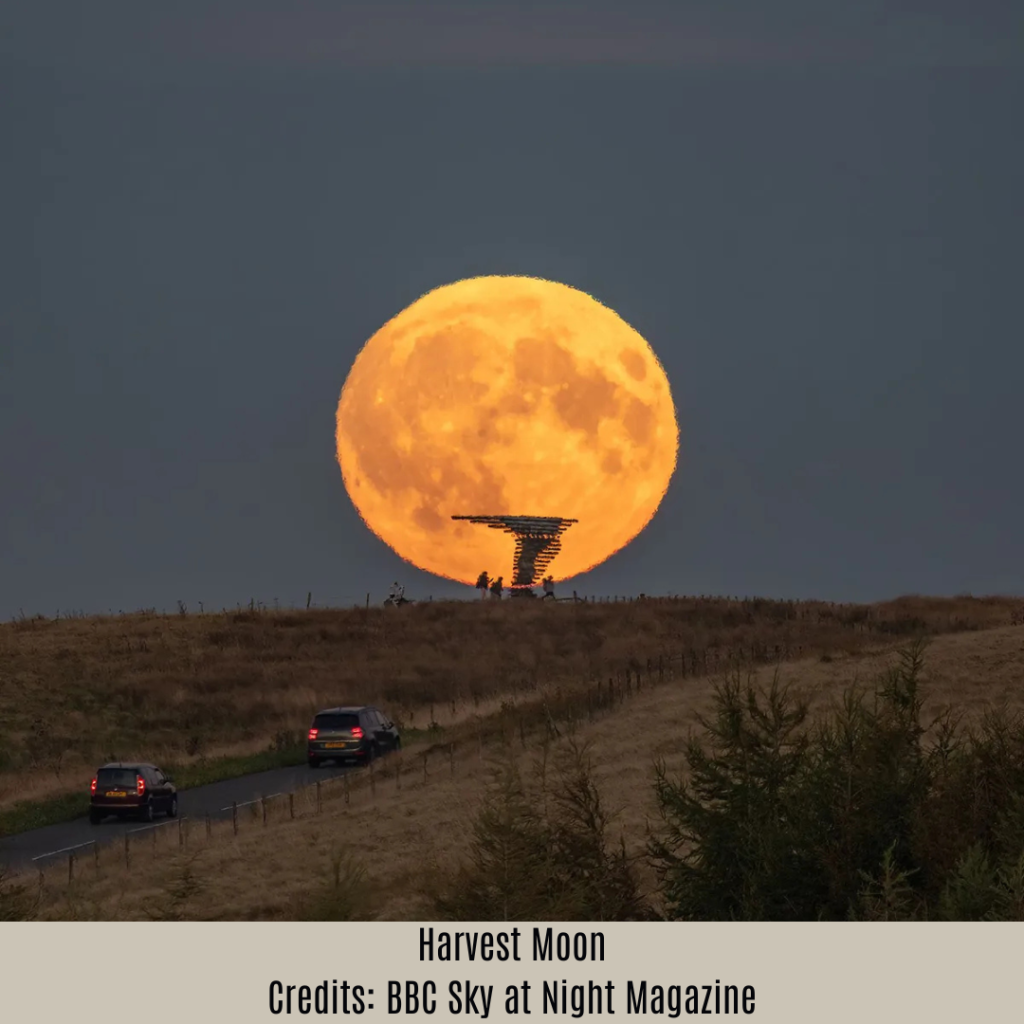 Now you may ask, why is it called the ‘Harvest Moon’? This is because in older times, the supermoon’s glow allowed farmers extra time to harvest their crops.
Now you may ask, why is it called the ‘Harvest Moon’? This is because in older times, the supermoon’s glow allowed farmers extra time to harvest their crops.
After this, the ‘Beaver Moon’ or ‘November Moon’ will brighten our skies on November 5. This name comes from the fact that it is around this time of the year that beavers can be seen preparing for the winter season in America.
The last supermoon of the year, the ‘Cold Moon’, will grace us on December 4, bringing along with it the winter season, as is its name.
How do I get the best view of the supermoons?
The first step would be to find a place away from the city lights, preferably with a view of the horizon. The darker skies would make the moon look brighter, while the ‘Moon Illusion’ would make it seem larger at the horizon. Keep a camera handy for some great pictures! (Even better if you’re at any monuments)
A pair of Binoculars or a Telescope would greatly enhance your viewing experience, allowing you to spot craters on the moon.
The significance of supermoons in various cultures
We have been amazed by the supermoon for centuries and woven it into our lives and cultures
- The Hindu harvest festival of Sharada Purnima is marked by the October supermoon, marking the end of the monsoon season.
- In Judaism, it marks the beginning of the Sukkot festival, which marks the remembrance of the Israelites’ journey in the wilderness.
- In Buddhism, it marks the end of the three-month Vassa, which is an annual retreat for monks and nuns.
These are just a few examples of the many festivities that occur right around this time, which makes supermoons an integral part of human culture, too.
Do supermoons cause earthquakes?
There are many misconceptions about the supermoon, such as that it can cause earthquakes due to its strong gravitational pull. These, however, are supported by no scientific evidence, and any such occurrence could purely be a coincidence. Even though a supermoon does lead to a very slight increase in gravitational pull compared to the average, all this can cause is higher tides than usual.
Supermoons are not only a spectacle of nature but also reminders of how humanity has always bound meaning to the skies, attempting to satisfy our curiosity with their wonders while reflecting the rhythmic nature of our universe. Even though we’ve spoken about how supermoons are only a little larger than usual, they still shine noticeably brighter and are bedazzling!
So mark your calendars, grab a pair of binoculars, and find a dark spot around your city to get lost in the beauty of these upcoming supermoons!
If you liked this, consider reading:
- 5 reasons you can’t miss the spectacular Quadrantids Meteor Shower
- Master the Night Sky: Find Planets Without a Telescope
- How India’s Lunar Mission Chandrayaan-3 Stands Apart from Luna-25
- Stargazing at Bhandardara with Stargazing Mumbai

